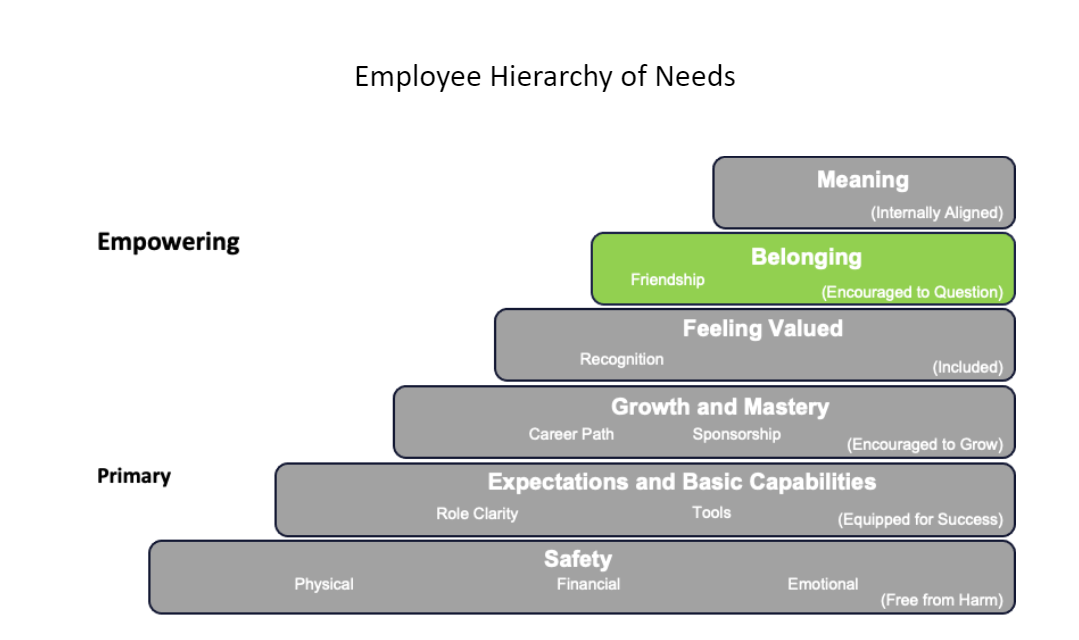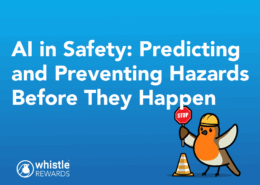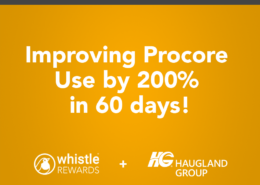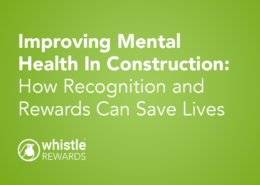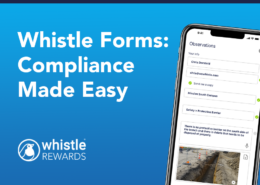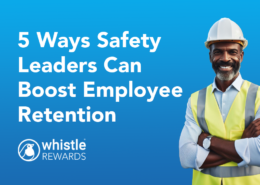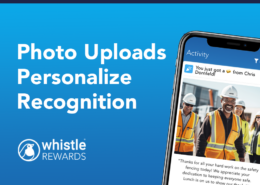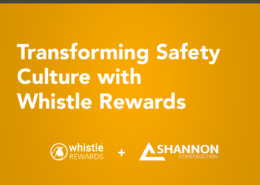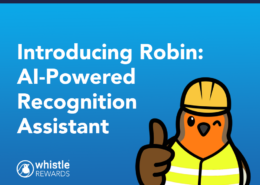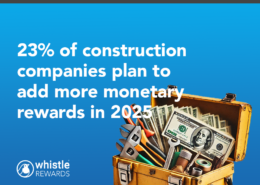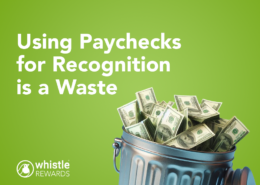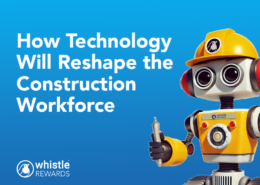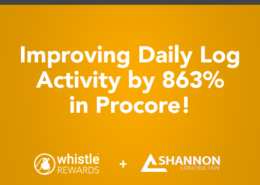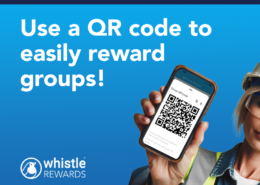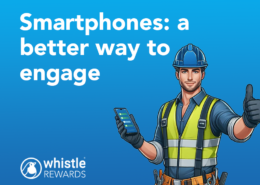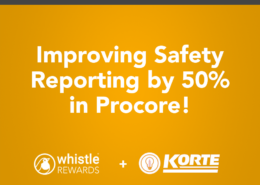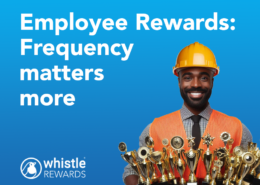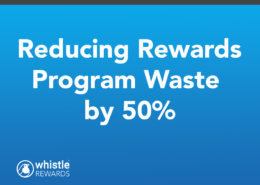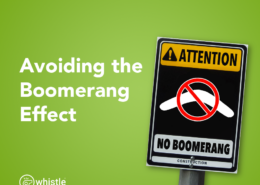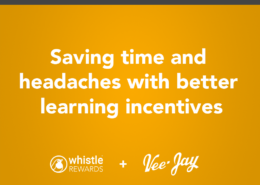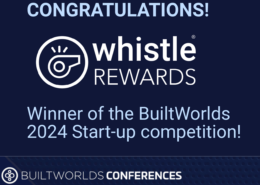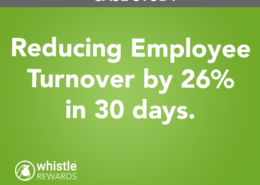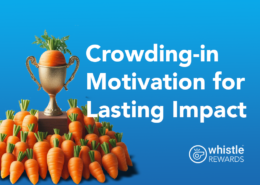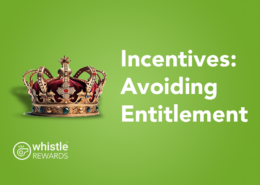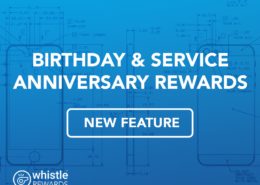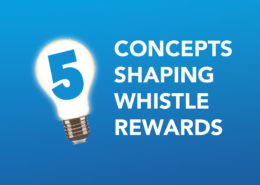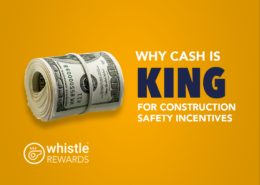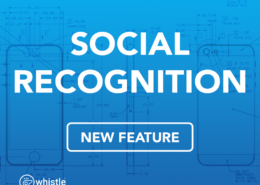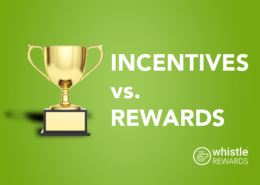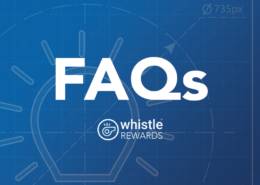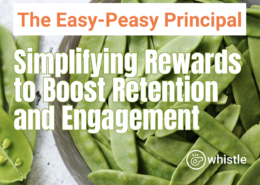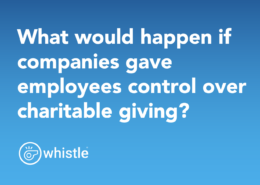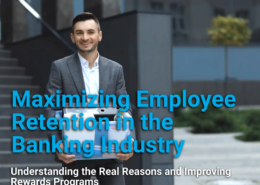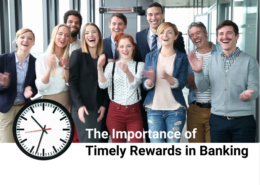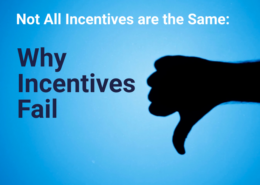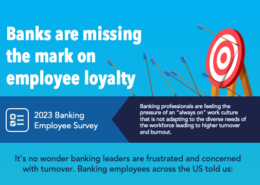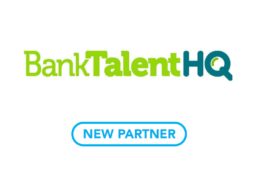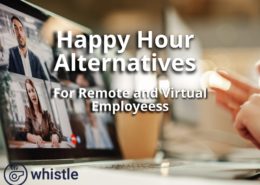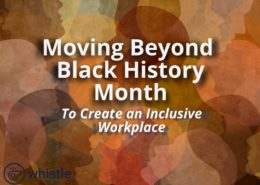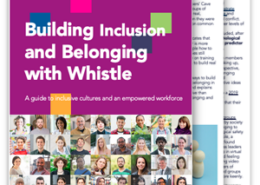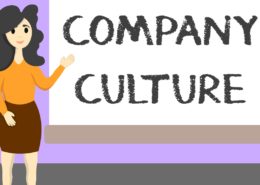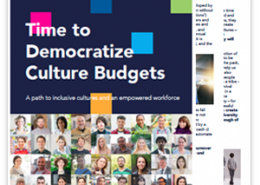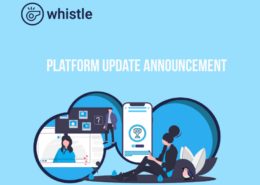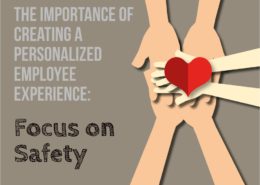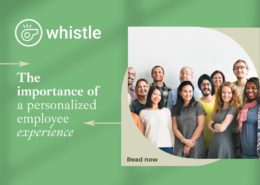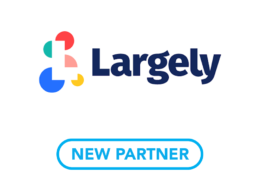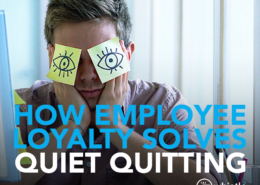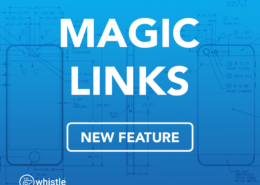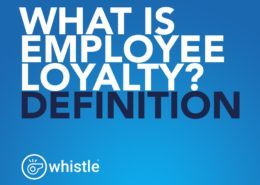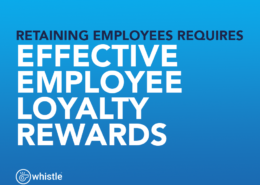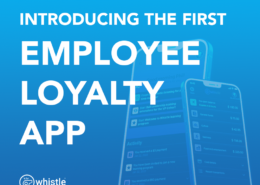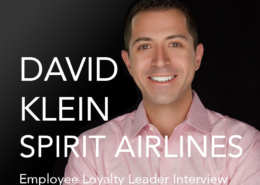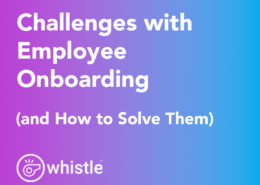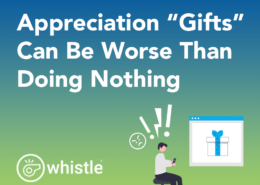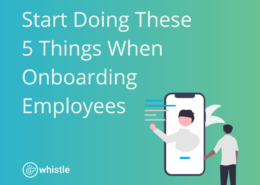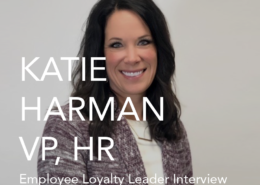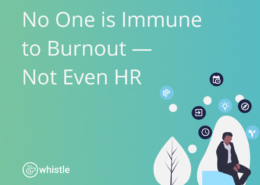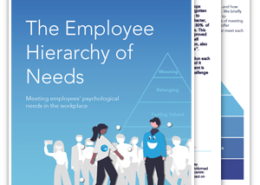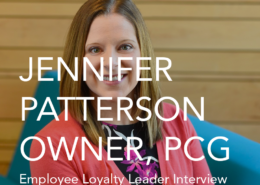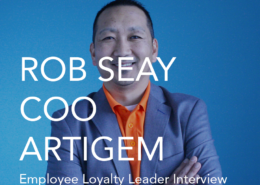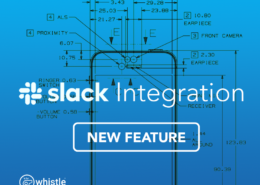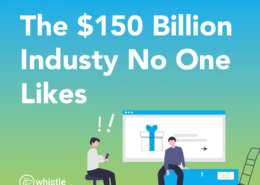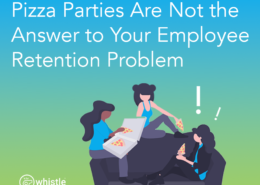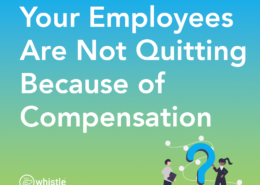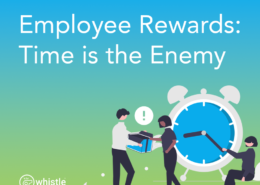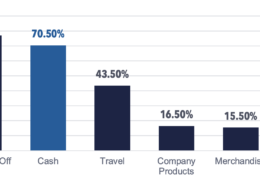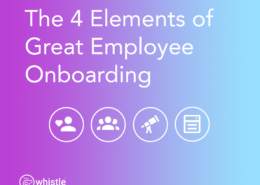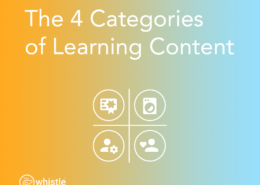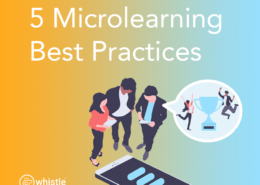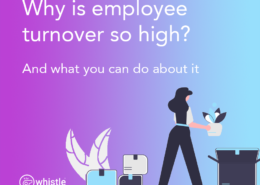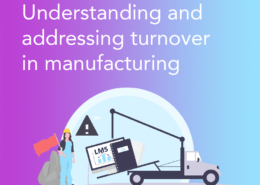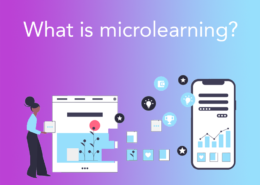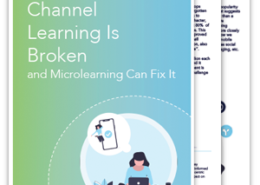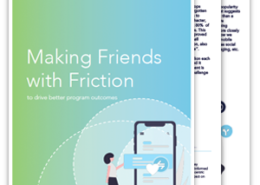Making Employee Retention Personal: Belonging
The critical success factors for HR in 2023 will be retaining the best employees and ensuring they are fully engaged in your company. Creating a positive company culture, however, is not easy or straightforward. For decades, employers have been struggling to retain and engage staff. Companies have adopted 401k plans, added ping pong tables to the office, offered unlimited vacation and dozens more approaches to make employees want to stay. And yet, retention rates have only declined. No one has been able to crack the code of employee engagement through these kinds of generalized programs.
The secret to a highly engaging culture lies in something that most companies are already doing, but for a different audience: personalization. Many companies are providing a personalized customer experience. The same approach and values apply to your employees. Each member of your organization has a unique personality, set of values, set of skills, passions, interests, and life outside of work. To remain competitive, companies must acknowledge the uniqueness of each employee and provide personalized engagement and retention solutions. This is what every person wants, whether an employee or a customer.
Developing a personalized employee experience can be done at scale. Whistle has broken down the employee experience, mirroring Maslow’s hierarchy of needs, into six levels of engagement, providing a tool to evaluate the various need states in your organization as well as specific programs to immediately improve engagement and retention by making it personal.
The critical element is to move authority and control from a few executive team members out to the front line. Front-line managers understand team members and their needs in ways executives cannot. While executives often have fantastic ideas and considerations, those ideas typically fail to resonate with everyone in the organization. The pizza party, for example, has become the pariah of employee engagement. It started a good-natured effort by executives to provide something fun and social for staff. Unfortunately, it’s become an example of what does not work. Some people have dietary restrictions. People who work the night shift get short changed. And even for those who can participate, a free piece of pizza no longer feels like a sufficient thank-you, given the added pressures of increasing workloads and expectations. There are many examples of top-down “culture programs” that do more to hurt staff relationships than help.
Front-line managers have (or should have) an understanding of the specific needs of team members and a sense of the proper timing required to address each need. These managers simply need better tools to operationalize this understanding.
Elements of Feeling Belonging
Everyone has experienced what it feels like to belong or to not belong in different social settings. Belonging is, at its core, a blend of emotional and cognitive experiences that result in the person feeling understood, accepted, and appreciated. When people do not feel a sense of belonging, they may feel misunderstood, overlooked, or even disliked.
According to the nonprofit think tank Coqual, workplace belonging includes four elements:
- Feeling seen and appreciated for your unique contributions
- Feeling connected to your colleagues
- Supported in your daily work and in your career development
- Proud of the impact and purpose of your organization.
Fostering belonging in the workplace means that people of all backgrounds get a seat at the table and feel heard, seen, and recognized for their contributions.
The value of belonging in the workplace is widely accepted and increasingly being recognized as an important part of the employee experience, and an important contributor to retention and economic value. Recent research has demonstrated that employees who feel a sense of belonging in their workplace experience greater job satisfaction and commitment, increased engagement, and better performance. Belonging is not only good for workers but also for business. Belonging leads to a 56% increase in job performance, a 50% reduction in turnover risk, a 167% increase in employer net promoter score, twice as many raises, 18 times more promotions, and a 75% decrease in sick days. Additionally, employees who feel a sense of belonging are more motivated, creative, and productive. These employees also tend to be more resilient in the face of workplace challenges.
And yet, 40% of employees report feeling isolated at work. When this is the case, companies miss out on all those economic benefits, and the experience for the isolate individual is hard to bear. Neuropsychological research shows that social rejection is so destructive, it is experienced in the brain as similar to physical pain. The National Institute for the Clinical Application of Behavioral Medicine has documented the need for belonging in all aspects of life, which includes the workplace. Workplace belonging may be one of the most important aspects because for many people it is the single place they spend the most time (apart from their homes). U.S. businesses spend nearly 8 billion dollars each year on diversity and inclusion (D&I) trainings that miss the mark because they neglect our need to feel belonging. Getting this right is even harder now because of geographically distributed workforces post-covid. But the need to get it right is higher because remote work has chipped away at daily opportunities to build relationships, leading to increased feelings of isolation.
Improving Employees’ Feelings of Belonging
Organizations should strive to create a culture of inclusion, where everyone in the organization feels welcome and accepted as their whole self. Typically, companies adopt a long list of policies and procedures aimed at improving belonging. Unfortunately, policies and procedures can only address part of the challenge. In order to combat scenarios where bias or culture is creating challenges, companies turn to change management. Traditional change management efforts often require entire companies to attend long training sessions, engage in mock activities or other exercises. In 2020, companies spent $7.5B on such efforts, and this number is expected to double by 2026. It’s heartening to see companies investing so heavily in workplace equity and belonging. The problem, however, is that unconscious bias training- while well intentioned – just does not work. While people may answer quiz questions correctly in the short term, these are not long-term changes in behaviors that matter. In the few scenarios where there are behavior changes, those effects are often in the opposite direction of what’s intended, due to push-back of majority group members. In hindsight, this is not surprising. Telling people to identify something that is implicit (which is by its very definition impossible to consciously identify) and override a lifelong pattern of assumptions and behaviors that they are unaware of is an uphill battle.
Changes to policies and everyday experiences that will lead to a more organically inclusive workforce are required. These initiatives should directly facilitate the desired behaviors, such as building relationships with and partnering with others who are different. The Whistle platform dramatically helps address these challenges with an innovative approach.
Capital, or money, is the central defining element of power. Those with the money have the power. While budgets are centralized in the hands of the majority, it will continue to be exceptionally difficult to bring about change. However, when a company decentralizes, or democratizes, capital into the hands of the organization, magic can happen. This is what Whistle enables. The Whistle platform does not require massive change management efforts because Whistle does not require executives to change processes. Instead, Whistle changes the locus of power. With Whistle, companies can push budgets out to the edge of the company: to the front-line managers and all the way to each and every staff member. This does not require additional funding. Companies spend around $750 per people-manager, per-month on employee perks such as birthday cakes and happy hours (see Whistle research on corporate perks). Using the same funds, companies can create an environment where every staff member is empowered with a budget. Every employee that might have felt marginalized, who might have been uncomfortable voicing an interest, who might have felt self-conscious about suggesting an activity, suddenly is provided the tool, and expectation, along with everyone else, to create the culture of the company, together.
The Employee Loyalty Index identifies your employees’ needs by location, department, tenure, etc., and pinpoints need states. Whistle can help identify which needs are being met, and which need attention to engage and retain employees. These “need-states” map directly into specific programs in the platform, providing immediate improvement in retention. A company can enable managers with the tools to make employees feel valued and belonging at a personal level.
The Whistle Employee Hierarchy of Needs describes four levels of maturity for creating a sense of belonging within an organization:
- Companies at a level 1 (the most basic) enjoy scenarios where employees work on teams, often with a shared goal. Employees are permitted to socialize during off time.
- Level two companies encourage employees to have good working, individual relationships with colleagues. Employees are given some minimal time and space to socialize.
- Companies at level 3 have teams that work collaboratively, with minimal conflict and clear roles and responsibilities. There are dedicated spaces for shared activities, and the company organizes occasional events.
- In level 4 companies, employees have deep personal relationships, demonstrating commitment to each other’s success. The primary ego is the shared company ego. Employees have positive relationships that naturally extend outside of the workplace. All staff experience a feeling of connection to the company.
If your employees are not feeling a strong sense of belonging as an individual, Whistle can recommend and quickly deploy programs that will have a strong positive impact for very little cost.
A recent Whistle client delivers on the promise of belonging by shifting a charity budget from a single check written to the United Way to $100 for each staff member, with the request for each staff member to donate the $100 to the organization meaningful to that person. More than 100 staff members participated and not a single person donated to the United Way. Every donation was to a community group, local church or other micro-organization. Whistle reported back to the organization on the donation patterns, allowing that company to focus additional efforts on those local organizations. Suddenly, with the same budget, staff felt more connected, heard and belonging.
Whistle can enable many kinds of programs that increase belonging in an organic, natural way. Managers can share and track budgets for sponsors or mentors to take a mentee to lunch. Leaders can distribute funds to managers or peers to send fun, personalized tokens of appreciation of any size through the Whistle app directly to people’s digital wallet. Team-building budgets can be deployed for events and activities.
One company created a half- day (morning) “good-deed” scavenger hunt that gave small groups of 4 or 5 people resources to do good deeds from a provided list. The team went from place to place doing good deeds together, making decisions about how to optimize their resources, and getting to know each other in the process. The organization provided funds for each team to buy a group lunch at the end. This approach blended good deeds, social connection, exploration/ the unknown, and superordinate goals – all of which are known to increase happiness and to deepen interpersonal connection – into one event
The Whistle platform can be deployed at scale to thousands of employees, personalized to each individual, or anything in between. If you want to learn more about increasing personalization without adding cost to your programs, give us a ping.
Look out for our last blog post deconstructing “Meaning” in the Employee Hierarchy of Needs, highlighting what it means to succeed at that level as well as what it means to personalize the employee experience.
1. Grant, A. M. (2020). The impact of belonging on job performance. Academy of Management Journal, 63(1), 126-145.
2.https://www2.deloitte.com/us/en/blog/human-capital-blog/2021/what-is-belonging-in-the-workplace.html
3. Cheng, C. (2019). The impact of sense of belonging on employee engagement and job satisfaction. International Journal of Human Resource Management, 30(15), 2347-2367.
4.https://pubmed.ncbi.nlm.nih.gov/15740417/
5.https://www.nicabm.com/
6. https://hbr.org/2019/12/the-value-of-belonging-at-work
WHISTLE, THE EMPLOYEE LOYALTY APP
There are many factors that influence employee loyalty but Whistle is the first employee loyalty app specifically designed for that purpose. By leveraging Whistle and integrating with other programs, Whistle can help companies improve both their top and bottom line.
In a recent case study, Whistle helped a manufacturing company reduce turnover by 26% in just 90 days through a redesigned onboarding program. Whistle’s employee loyalty app brought the company’s on-boarding process into the digital age and put it in every employee’s pocket. Employees raved about the mobile-first experience and cash reward system.
Companies are using Whistle to help people-managers improve relationships with their direct reports, rethinking incentives and rewards, and even changing their approach to culture – building a more inclusive workplace and helping to attract quality candidates.
Contact us for a free demo and better understand how much you can improve employee loyalty when using an employee loyalty app!
Forget the Bells. You Just Need Whistle.
Overwhelmed? Let us help you build a better onboarding experience, improve leadership training, or find innovative ways to appreciate your people — start by speaking to a consultant for free.


